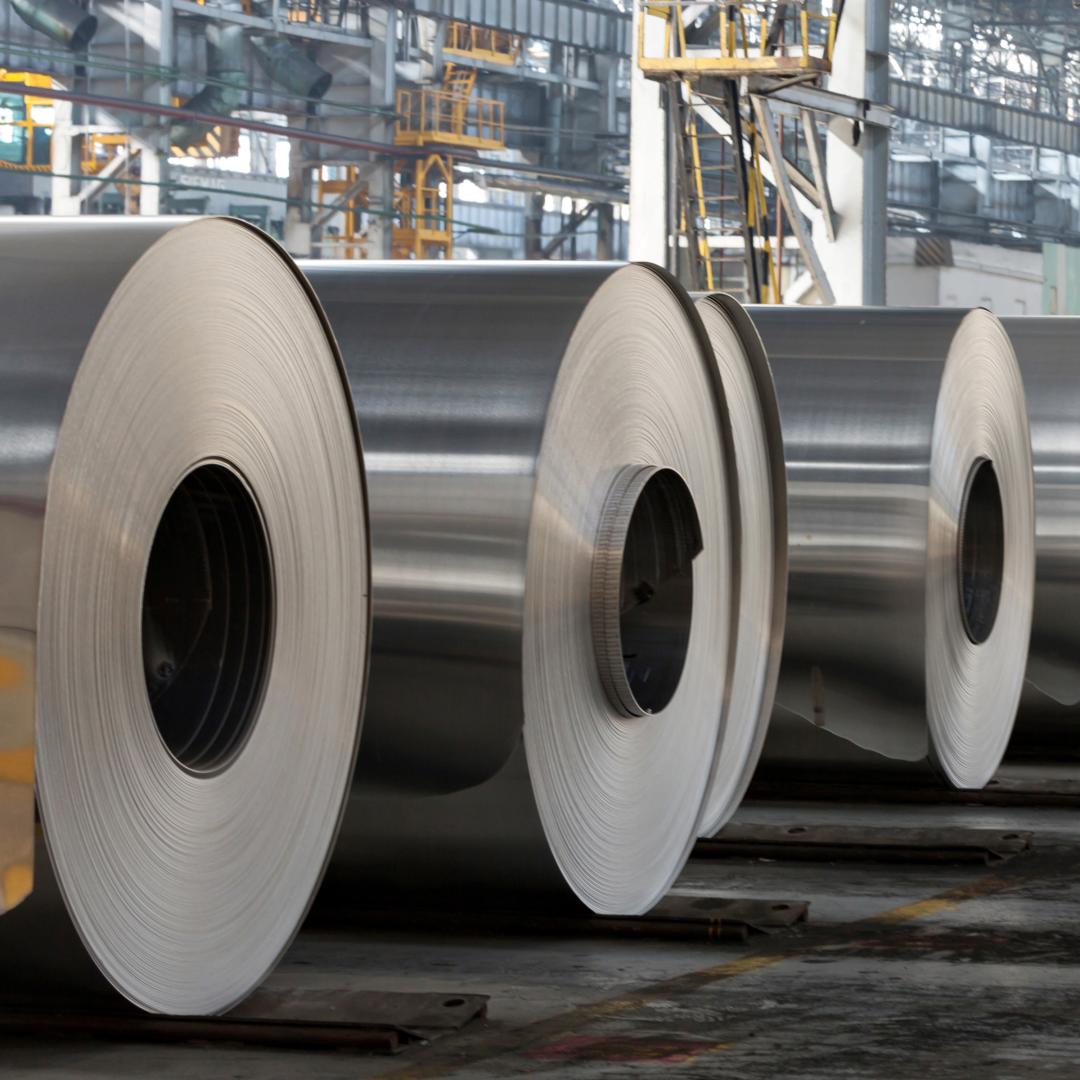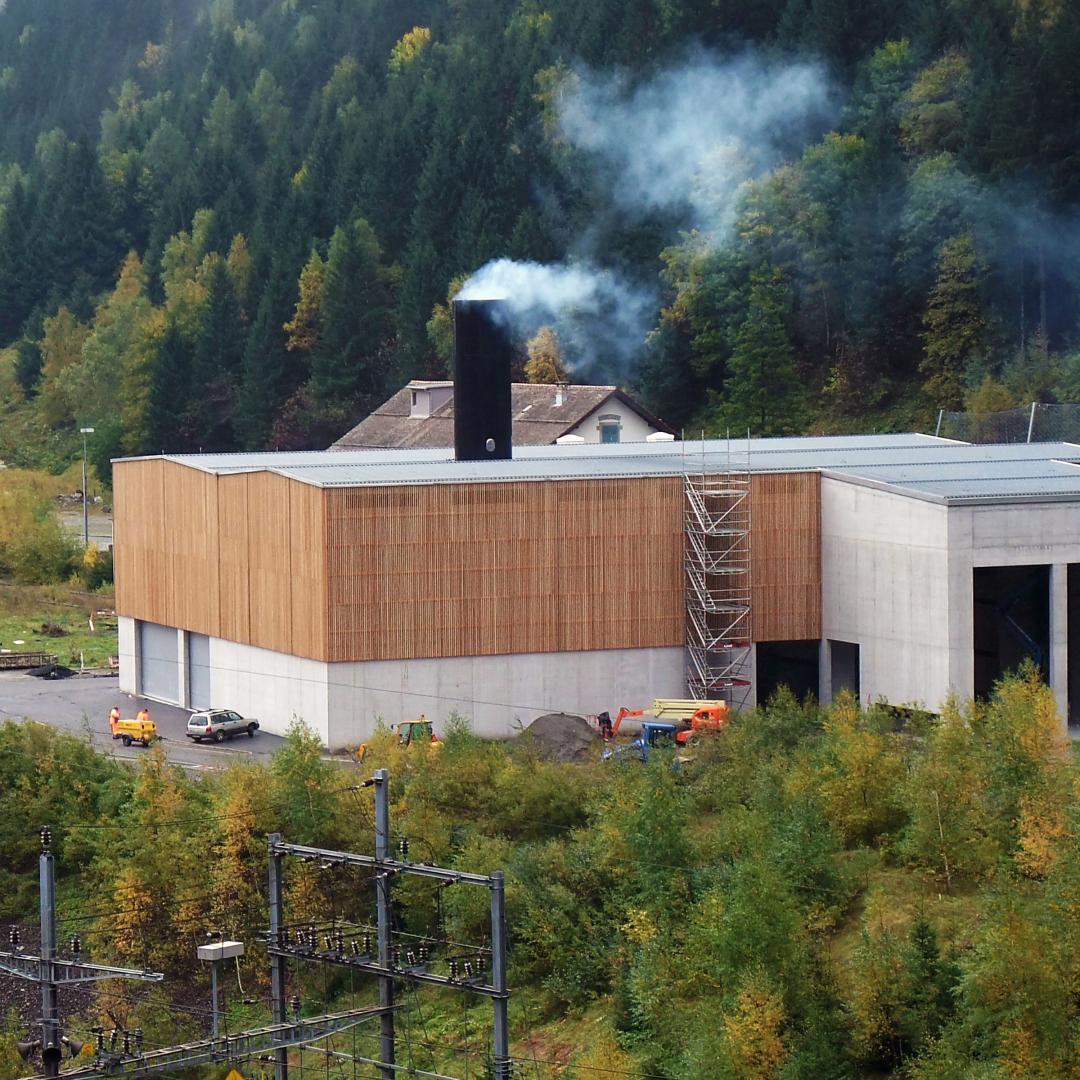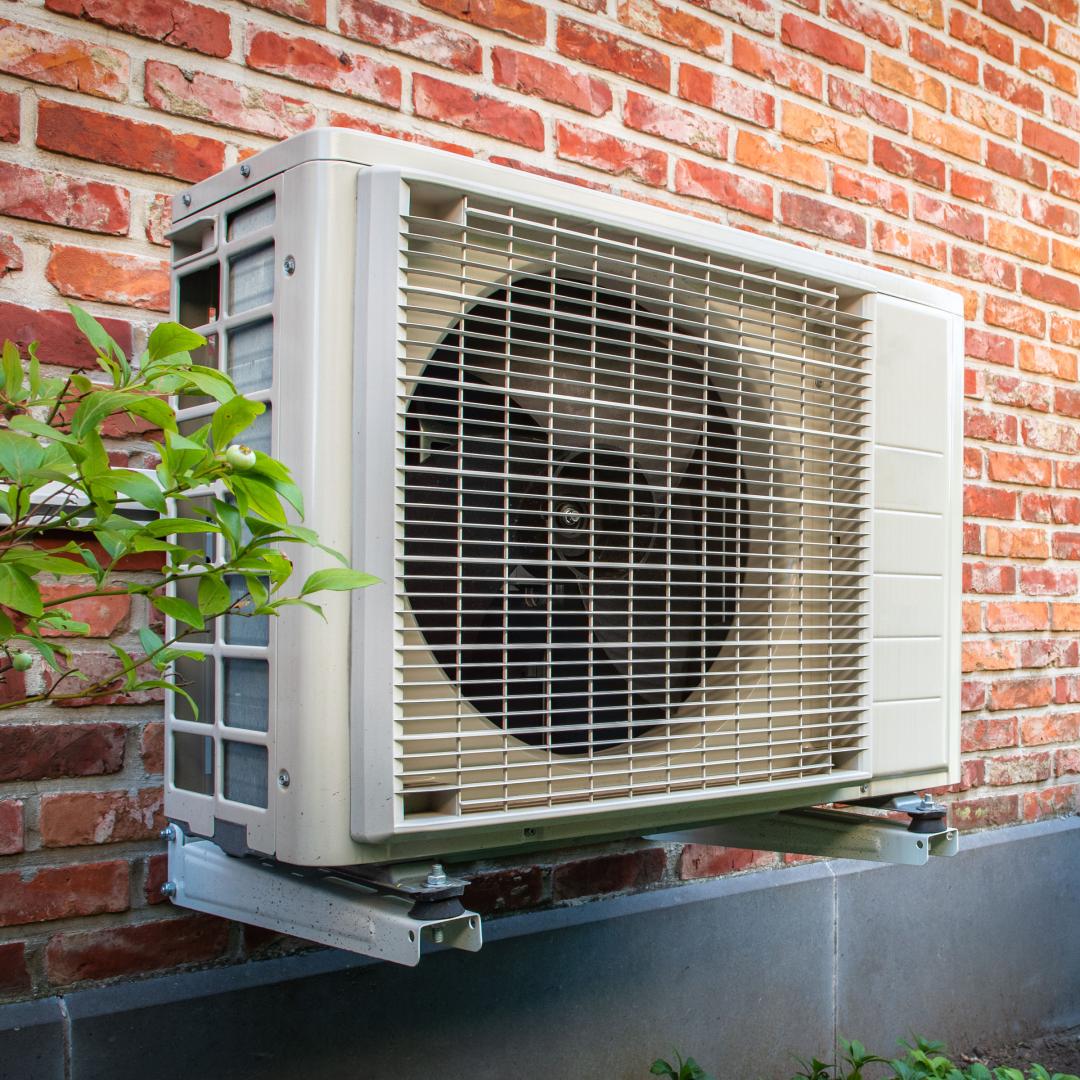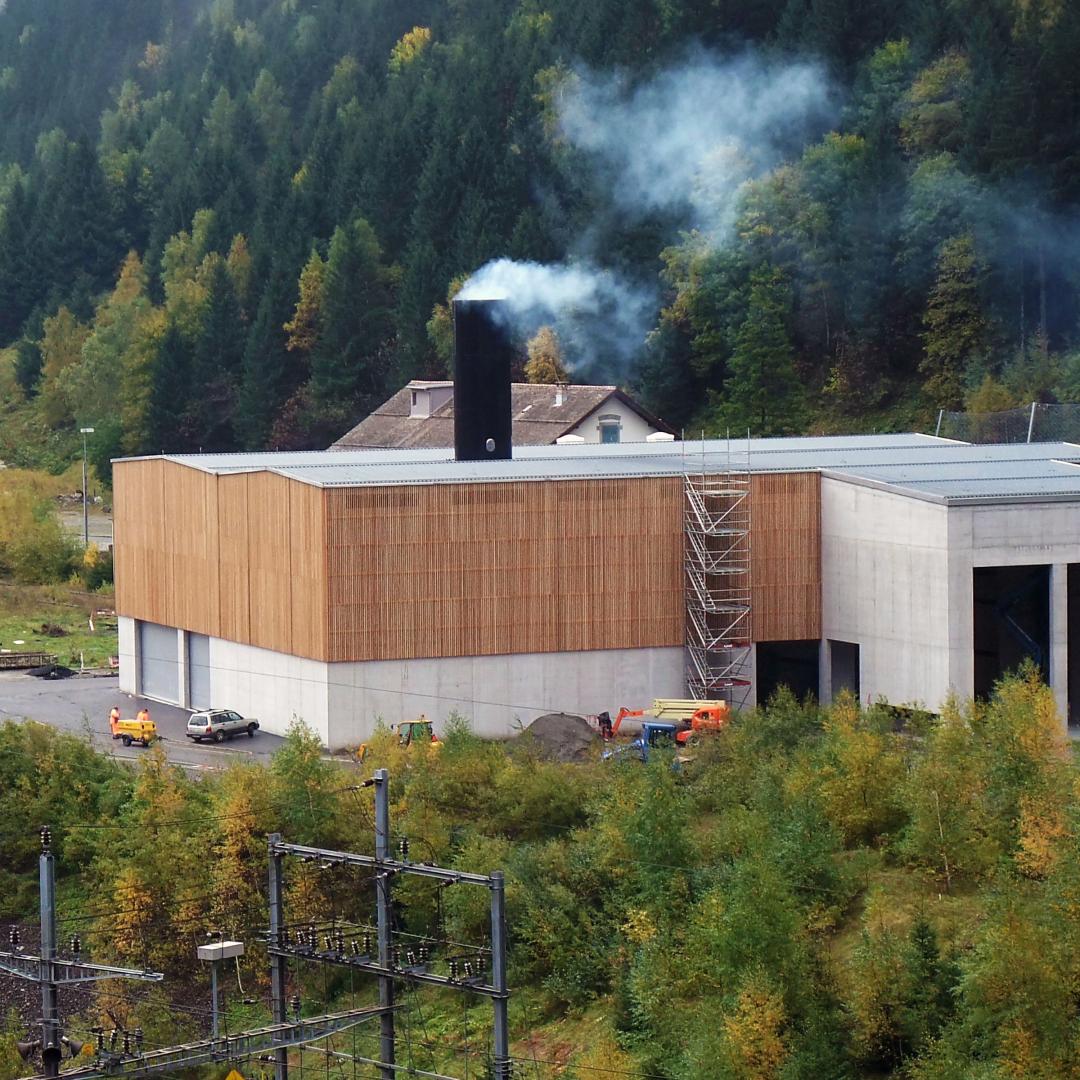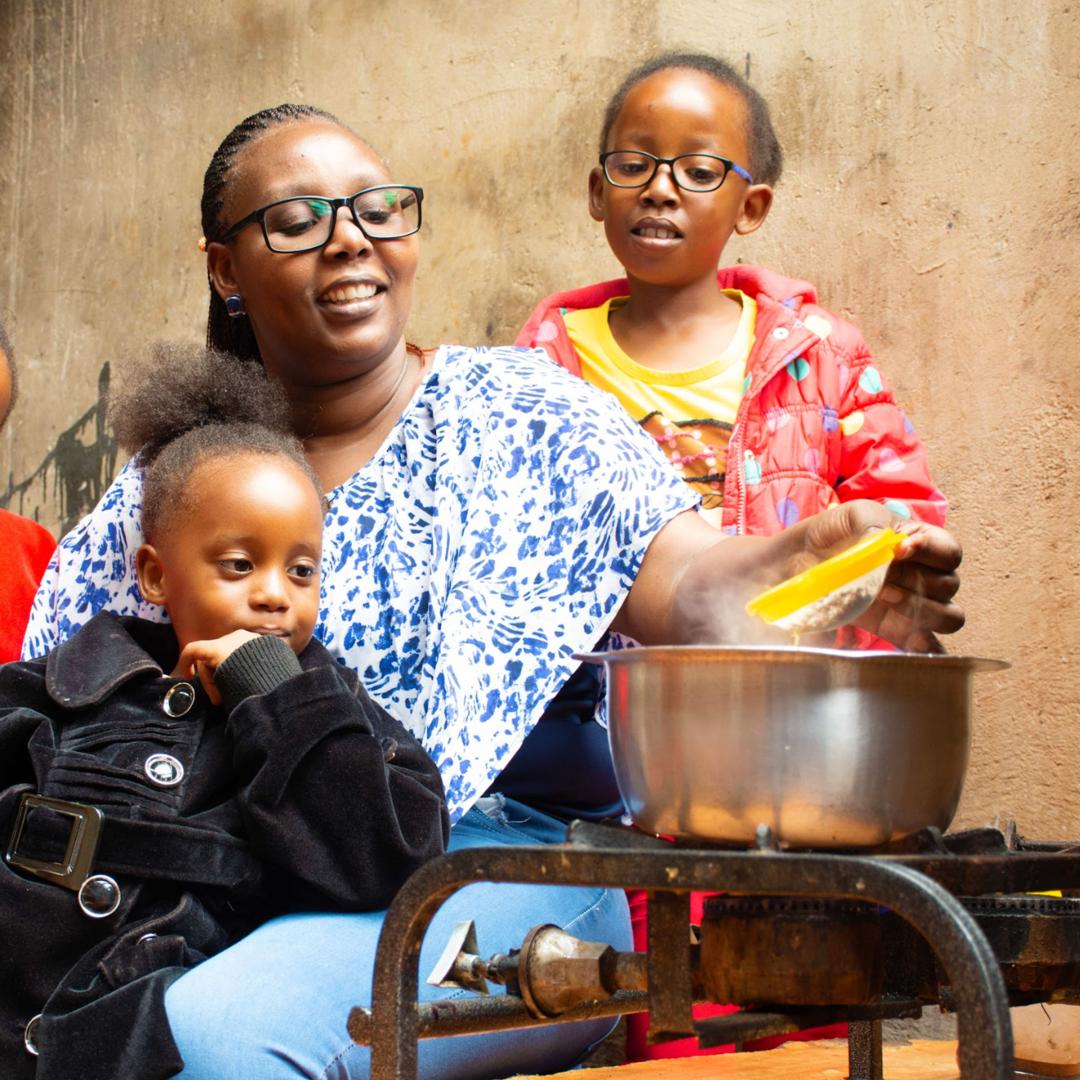Afrane, G., & Ntiamoah, A. (2011). Comparative life cycle assessment of charcoal, biogas, and liquefied petroleum gas as cooking fuels in Ghana. Journal of Industrial Ecology, 15(4), 539–549. Link to source: https://onlinelibrary.wiley.com/doi/abs/10.1111/j.1530-9290.2011.00350.x
Afrane, G., & Ntiamoah, A. (2012). Analysis of the life-cycle costs and environmental impacts of cooking fuels used in Ghana. Applied energy, 98, 301–306. Link to source: https://www.sciencedirect.com/science/article/abs/pii/S0306261912002590
Anenberg, S. C., Balakrishnan, K., Jetter, J., Masera, O., Mehta, S., Moss, J., & Ramanathan, V. (2013). Cleaner cooking solutions to achieve health, climate, and economic cobenefits. Link to source: https://pubs.acs.org/doi/10.1021/es304942e
Bailis, R., Drigo, R., Ghilardi, A., & Masera, O. (2015). The carbon footprint of traditional woodfuels. Nature Climate Change, 5(3), 266–272. Link to source: https://www.nature.com/articles/nclimate2491
Bensch, G., Jeuland, M., & Peters, J. (2021). Efficient biomass cooking in Africa for climate change mitigation and development. One Earth, 4(6), 879–890. Link to source: https://www.cell.com/one-earth/pdf/S2590-3322(21)00296-7.pdf
Bennitt, F. B., Wozniak, S. S., Causey, K., Burkart, K., & Brauer, M. (2021). Estimating disease burden attributable to household air pollution: new methods within the Global Burden of Disease Study. The Lancet Global Health, 9, S18. Link to source: https://doi.org/10.1016/S2214-109X(21)00126-1
Bergero, C., Gosnell, G., Gielen, D., Kang, S., Bazilian, M., & Davis, S. J. (2023). Pathways to net-zero emissions from aviation. Nature Sustainability, 6(4), 404–414. Link to source: https://www.nature.com/articles/s41893-022-01046-9
Biswas, S., & Das, U. (2022). Adding fuel to human capital: Exploring the educational effects of cooking fuel choice from rural India. Energy Economics, 105, 105744. Link to source: https://doi.org/10.1016/j.eneco.2021.105744
Cabiyo, B., Ray, I., & Levine, D. I. (2020). The refill gap: clean cooking fuel adoption in rural India. Environmental Research Letters, 16(1), 014035. Link to source: https://iopscience.iop.org/article/10.1088/1748-9326/abd133
Cashman, S., Rodgers, M., & Huff, M. (2016). Life-cycle assessment of cookstove fuels in India and China. US Environmental Protection Agency, Washington, DC. EPA/600/R-15/325. Link to source: https://cleancooking.org/wp-content/uploads/2021/07/496-1.pdf
Clean Cooking Alliance (CCA). (2023). Accelerating clean cooking as a nature-based solution. Link to source: https://cleancooking.org/reports-and-tools/accelerating-clean-cooking-as-a-nature-based-climate-solution/
Clean Cooking Alliance. (2022). Clean cooking as a catalyst for sustainable food systems. Link to source: https://cleancooking.org/wp-content/uploads/2023/11/CCA_Clean-Cooking-as-a-Catalyst-for-Sustainable-Food-Systems.pdf
Climate & Clean Air Coalition. (2024). Nationally determined contributions and clean cooking. Link to source: https://www.ccacoalition.org/resources/nationally-determined-contributions-and-clean-cooking
Choudhuri, P., & Desai, S. (2021). Lack of access to clean fuel and piped water and children’s educational outcomes in rural India. World Development, 145, 105535. Link to source: https://doi.org/10.1016/j.worlddev.2021.105535
Dagnachew, A. G., Lucas, P. L., van Vuuren, D. P., & Hof, A. F. (2018). Towards universal access to clean cooking solutions in sub-Saharan Africa. PBL Netherlands Environmental Assessment Agency. Link to source: https://www.pbl.nl/uploads/default/downloads/pbl-2019-clean-cooking-solutions-sub-saharan-africa_3421_0.pdf
Down to Earth. (2022). Ujjwala: Over 9 million beneficiaries did not refill cylinder last year, Centre admits. Retrieved June 20, 2024, from Link to source: https://www.downtoearth.org.in/energy/ujjwala-over-9-million-beneficiaries-did-not-refill-cylinder-last-year-centre-admits-84130
Energy Sector Management Assistance Program. (2023). Building evidence to unlock impact finance : A field assessment of lean cooking co-benefits for climate, health, and gender. Retrieved September 13, 2024, from Link to source: https://www.esmap.org/Building_Evidence_To_unloc_Impact_Finance_Benefits
Fullerton, D. G., Bruce, N., & Gordon, S. B. (2008). Indoor air pollution from biomass fuel smoke is a major health concern in the developing world. Transactions of the Royal Society of Tropical Medicine and Hygiene, 102(9), 843–851. Link to source: https://doi.org/10.1016/j.trstmh.2008.05.028
Garland, C., Delapena, S., Prasad, R., L'Orange, C., Alexander, D., & Johnson, M. (2017). Black carbon cookstove emissions: A field assessment of 19 stove/fuel combinations. Atmospheric Environment, 169, 140–149. Link to source: https://doi.org/10.1016/j.atmosenv.2017.08.040
Gill-Wiehl, A., Kammen, D. M., & Haya, B. K. (2024). Pervasive over-crediting from cookstove offset methodologies. Nature Sustainability, 7(2), 191–202. Link to source: https://doi.org/10.1038/s41893-023-01259-6
International Energy Agency. (2022). Africa energy outlook. Link to source: https://www.iea.org/reports/africa-energy-outlook-2022/key-findings
International Energy Agency. (2023a). A vision for clean cooking access for all. Link to source: https://iea.blob.core.windows.net/assets/f63eebbc-a3df-4542-b2fb-364dd66a2199/AVisionforCleanCookingAccessforAll.pdf
International Energy Agency. (2023b). Electricity market report. Link to source: https://www.iea.org/reports/electricity-market-report-update-2023
Intergovernmental Panel on Climate Change. (2022). Climate change 2022: mitigation of climate change. Contribution of the Working Group III to the sixth assessment report of the Intergovernmental Panel on Climate Change. Link to source: https://www.ipcc.ch/report/ar6/wg3/
Jameel, Y., Patrone, C. M., Patterson, K. P., & West, P. C. (2022). Climate-poverty connections: Opportunities for synergistic solutions at the intersection of planetary and human well-being. Link to source: https://drawdown.org/publications/climate-poverty-connections-report
Jewitt, S., Atagher, P., & Clifford, M. (2020). “We cannot stop cooking”: Stove stacking, seasonality and the risky practices of household cookstove transitions in Nigeria. Energy Research & Social Science, 61, 101340. Link to source: https://www.sciencedirect.com/science/article/pii/S2214629619304700?via%3Dihub
Johnson, E. (2009). Charcoal versus LPG grilling: a carbon-footprint comparison. Environmental Impact Assessment Review, 29(6), 370–378. Link to source: https://www.sciencedirect.com/science/article/abs/pii/S0195925509000420
Kashyap, S. R., Pramanik, S., & Ravikrishna, R. V. (2024). A review of energy-efficient domestic cookstoves. Applied Thermal Engineering, 236, 121510. Link to source: https://doi.org/10.1016/j.applthermaleng.2023.121510
Kapsalyamova, Z., Mishra, R., Kerimray, A., Karymshakov, K., & Azhgaliyeva, D. (2021). Why energy access is not enough for choosing clean cooking fuels? Evidence from the multinomial logit model. Journal of Environmental Management, 290, 112539. Link to source: https://www.sciencedirect.com/science/article/pii/S0301479721006010
Khavari, B., Ramirez, C., Jeuland, M., & Fuso Nerini, F. (2023). A geospatial approach to understanding clean cooking challenges in sub-Saharan Africa. Nature Sustainability, 6(4), 447–457. Link to source: https://www.nature.com/articles/s41893-022-01039-8
Lacey, F. G., Henze, D. K., Lee, C. J., van Donkelaar, A., & Martin, R. V. (2017). Transient climate and ambient health impacts due to national solid fuel cookstove emissions. Proceedings of the National Academy of Sciences, 114(6), 1269–1274. Link to source: https://www.pnas.org/doi/full/10.1073/pnas.1612430114
Lansche, J., & Müller, J. (2017). Life cycle assessment (LCA) of biogas versus dung combustion household cooking systems in developing countries–a case study in Ethiopia. Journal of cleaner production, 165, 828–835. Link to source: https://www.sciencedirect.com/science/article/abs/pii/S0959652617315597
Lee, M., Chang, J., Deng, Q., Hu, P., Bixby, H., Harper, S., ... & Liu, J. (2024). Effects of a coal to clean heating policy on acute myocardial infarction in Beijing: a difference-in-differences analysis. The Lancet Planetary Health, 8(11), e924–e932. Link to source: https://doi.org/10.1016/S2542-5196(24)00243-2
Mazorra, J., Sánchez-Jacob, E., de la Sota, C., Fernández, L., & Lumbreras, J. (2020). A comprehensive analysis of cooking solutions co-benefits at household level: Healthy lives and well-being, gender and climate change. Science of The Total Environment, 707, 135968. Link to source: https://www.sciencedirect.com/science/article/abs/pii/S0048969719359637
Po, J. Y. T., FitzGerald, J. M., & Carlsten, C. (2011). Respiratory disease associated with solid biomass fuel exposure in rural women and children: Systematic review and meta-analysis. Thorax, 66(3), 232–239. Link to source: https://doi.org/10.1136/thx.2010.147884
Rosenthal, J., Quinn, A., Grieshop, A. P., Pillarisetti, A., & Glass, R. I. (2018). Clean cooking and the SDGs: Integrated analytical approaches to guide energy interventions for health and environment goals. Energy for Sustainable Development, 42, 152–159. Link to source: https://www.sciencedirect.com/science/article/pii/S0973082617309857
Shankar, A. V., Quinn, A. K., Dickinson, K. L., Williams, K. N., Masera, O., Charron, D., ... & Rosenthal, J. P. (2020). Everybody stacks: Lessons from household energy case studies to inform design principles for clean energy transitions. Energy Policy, 141, 111468. Link to source: https://doi.org/10.1016/j.enpol.2020.111468
Simkovich, S. M., Williams, K. N., Pollard, S., Dowdy, D., Sinharoy, S., Clasen, T. F., ... & Checkley, W. (2019). A systematic review to evaluate the association between clean cooking technologies and time use in low-and middle-income countries. International journal of environmental research and public health, 16(13), 2277. Link to source: https://www.mdpi.com/1660-4601/16/13/2277
Singh, P., Gundimeda, H., & Stucki, M. (2014). Environmental footprint of cooking fuels: a life cycle assessment of ten fuel sources used in Indian households. The International Journal of Life Cycle Assessment, 19, 1036–1048. Link to source: https://link.springer.com/article/10.1007/s11367-014-0699-0
Smith, K. R. (2002). In praise of petroleum? Science, 298(5600), 1847–1847. DOI: 10.1126/science.298.5600.1847
Stoner, O., Lewis, J., Martínez, I. L., Gumy, S., Economou, T., & Adair-Rohani, H. (2021). Household cooking fuel estimates at global and country level for 1990 to 2030. Nature communications, 12(1), 5793. Link to source: https://www.nature.com/articles/s41467-021-26036-x
World Bank. (2018). A recipe for protecting the Democratic Republic of Congo’s tropical forests. Retrieved January 16, 2025, from Link to source: https://www.worldbank.org/en/news/feature/2018/01/24/a-recipe-for-protecting-the-democratic-republic-of-congos-tropical-forests
World Bank. (2020). Energy Sector Management Assistance Program. (2020). The state of access to modern energy cooking services. Link to source: https://www.worldbank.org/en/topic/energy/publication/the-state-of-access-to-modern-energy-cooking-services
World Bank. (2023). Moving the needle on clean cooking for all. Retrieved September 13, 2024, from Link to source: https://www.worldbank.org/en/results/2023/01/19/moving-the-needle-on-clean-cooking-for-all
World Health Organization. (2025). Proportion of population with primary reliance on clean fuels and technologies. Retrieved May 1, 2025, from Link to source: https://www.who.int/data/gho/data/themes/air-pollution/household-air-pollution
World Health Organization. (2023). Achieving universal access and net-zero emissions by 2050: a global roadmap for just and inclusive clean cooking transition. Link to source: https://www.who.int/publications/m/item/achieving-universal-access-by-2030-and-net-zero-emissions-by-2050-a-global-roadmap-for-just-and-inclusive-clean-cooking-transition
World Health Organization. (2024a). WHO publishes new global data on the use of clean and polluting fuels for cooking by fuel type. Retrieved June 17, 2024, from Link to source: https://www.who.int/news/item/20-01-2022-who-publishes-new-global-data-on-the-use-of-clean-and-polluting-fuels-for-cooking-by-fuel-type#:~:text=As%20of%202021%2C%202.3%20billion,%2D%20and%20middle%2Dincome%20countries.
World Health Organization. (2024b). Household air pollution. Retrieved June 17, 2024, from Link to source: https://www.who.int/news-room/fact-sheets/detail/household-air-pollution-and-health

